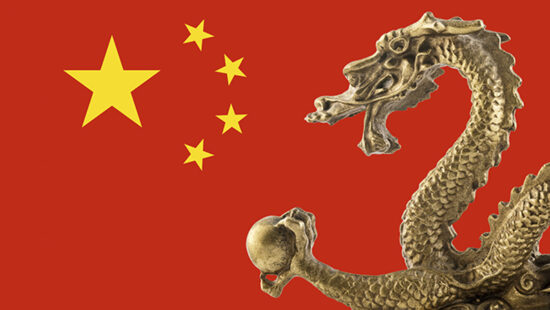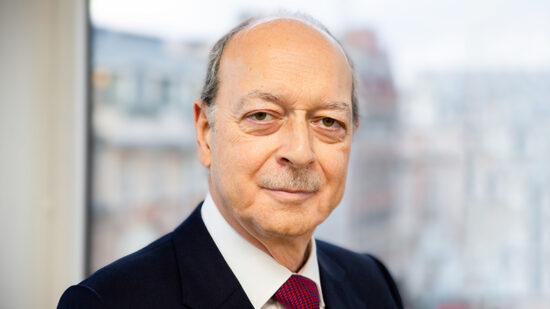Koesterich said although stock markets have benefited from stronger services data and M&A activity, high valuations, a dearth of top-line growth and a noticeable deterioration in credit quality are likely to hold back further gains from here.
He pointed out that U.S. corporate defaults have recently hit a four-year high, adding, “defaults of speculative-grade bonds (those rated lower than Baa) climbed to 2.5% from 2.1% in the third quarter. That is still modest by historical standards, but credit ratings agency Moody’s expects defaults to rise further, to 3.8% by next October.”
This shift may have implications for stocks, he argued. In this environment, the group continue to favour a tilt toward quality — companies with a high return-on-equity, low earnings variability and modest debt. He said: “Over the past three months, this approach has outperformed a focus on momentum names, companies with rapid price appreciation. While momentum has been an effective style over the past several years as markets generally marched upward, it has struggled since volatility began to rise in the late summer.”
Koesterich said it is difficult to characterise the state of the economy with a single number. In particular there is a marked difference between manufacturing and services: the manufacturing sector is struggling, as seen by October’s ISM Manufacturing Survey, which fell to 50.1, the lowest level since the spring of 2013, while the services sector continues to demonstrate resilience.
He added: “The data may be mixed, but still point to a decent U.S. economy. That, along with some evidence of stabilisation in international markets, has pushed the odds of a December interest rate hike by the Federal Reserve higher. As a result, real U.S. rates are climbing. Meanwhile, the opposite is occurring in large parts of Europe and Japan.”
The strong dollar is likely to impact precious metals prices, since they are viewed as an inflation hedge, but provide no income. Gold and silver are currently trading back down toward their summer lows. As such, the group remains cautious on the sector, preferring Treasury Inflation Protected Securities as an inflation hedge.
Koesterich also pointed out that a strong dollar can erode the local gains made in international stocks. That said, the group continue to like international developed markets, such as Europe and Japan. He added: “Given our expectations for further dollar appreciation, we believe investors should use vehicles that hedge most or all of their international currency exposure.”







